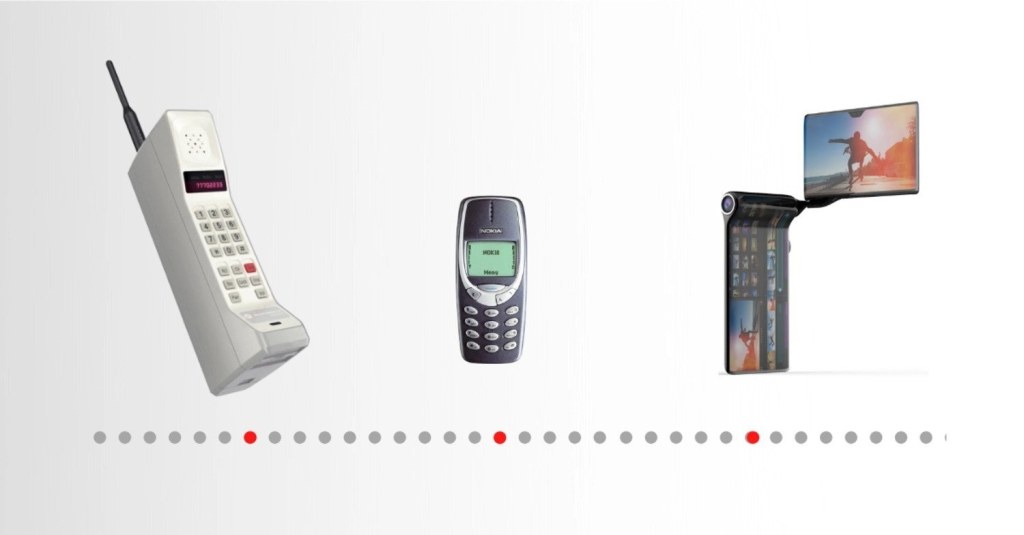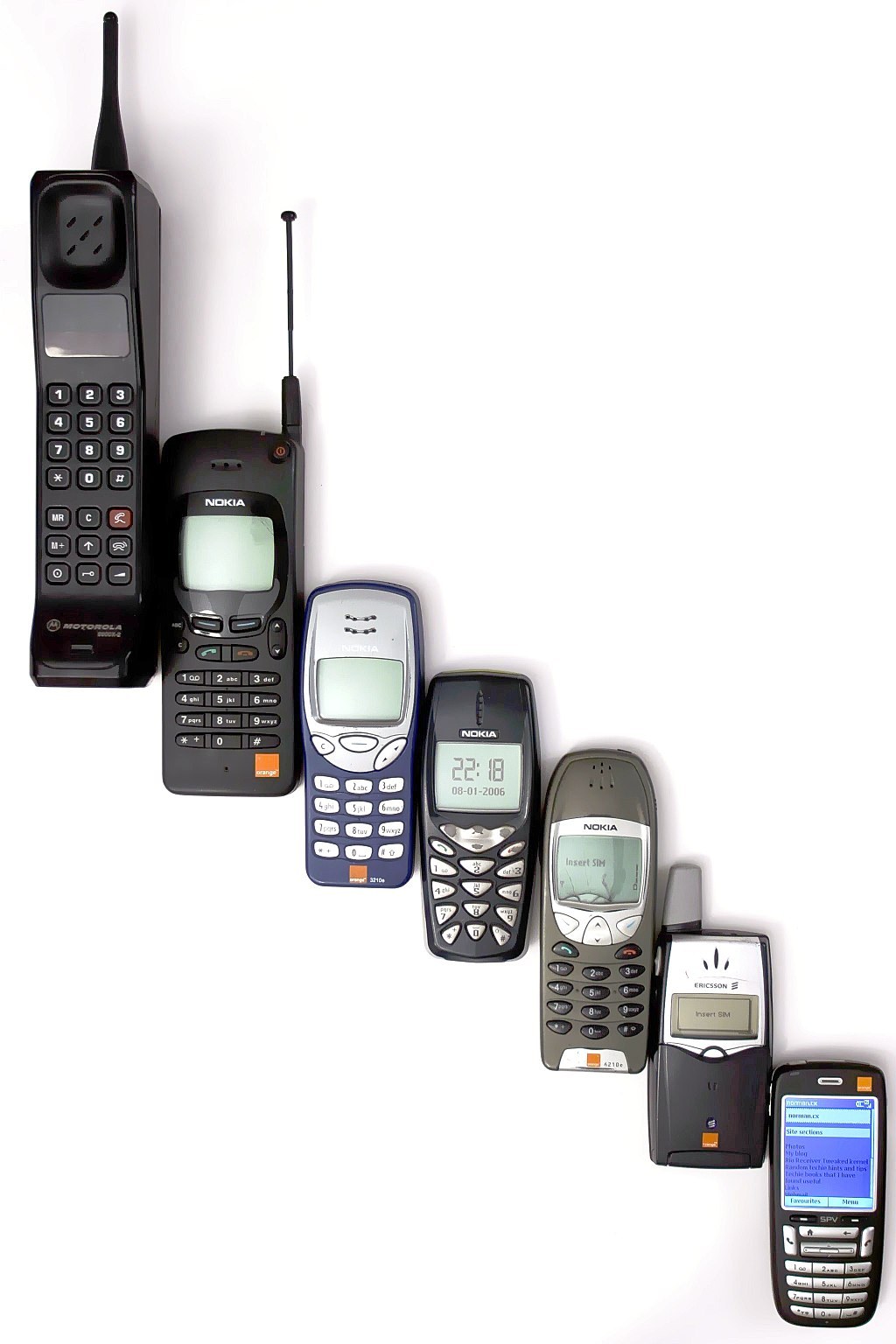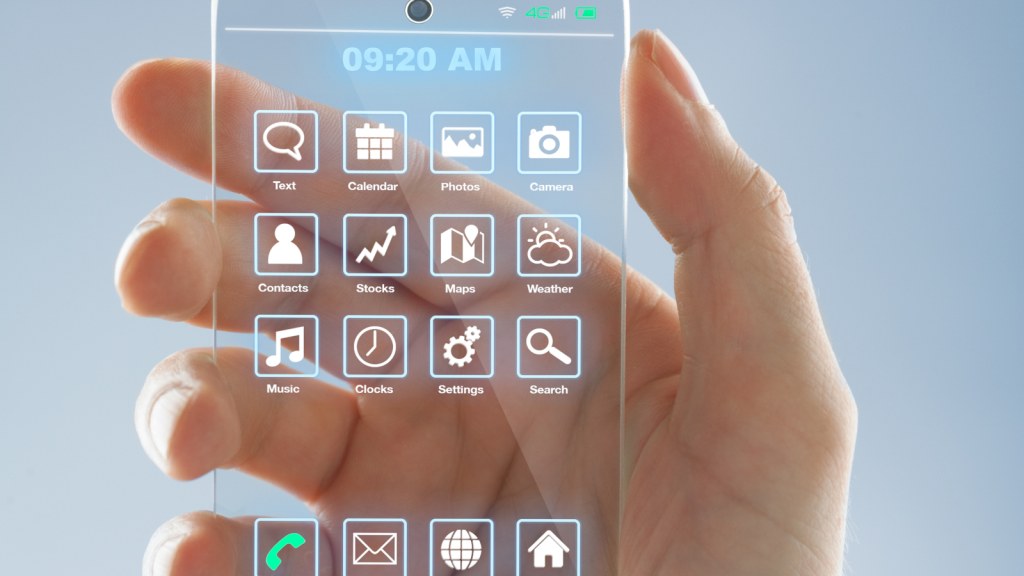Revolutionizing Communication: The Power Of Technological Innovation Of Cell Phone
Technological Innovation of Cell Phone
Introduction
Hello Readers,
3 Picture Gallery: Revolutionizing Communication: The Power Of Technological Innovation Of Cell Phone



Welcome to an informative article on the technological innovation of cell phones. In today’s digital era, cell phones have become an indispensable part of our lives. These devices have evolved tremendously over the years, offering a wide range of features and capabilities. In this article, we will explore the various advancements in cell phone technology and how they have revolutionized communication and connectivity.

Image Source: versus.io
So, let’s dive into the fascinating world of cell phone innovation and discover the incredible advancements that have shaped our modern society.
What is Technological Innovation of Cell Phone?
Cell phone technological innovation refers to the continuous advancements and improvements made in the design, features, and functionality of mobile phones. It involves the integration of cutting-edge technologies to enhance communication, productivity, and entertainment on these devices.
The rapid pace of technological innovation in cell phones has transformed them from simple communication devices to powerful gadgets that connect us to the world and enable us to perform a multitude of tasks.

Image Source: interestingengineering.com
Let’s take a closer look at the key aspects of cell phone technological innovation.
Advancements in Hardware
Cell phone hardware has seen significant advancements over the years. From basic monochrome screens to vibrant OLED displays, mobile phones now offer stunning visuals and immersive user experiences. Processors have become faster and more efficient, allowing for seamless multitasking and smooth performance. Additionally, advancements in camera technology have revolutionized mobile photography, enabling users to capture high-quality images and videos.
Operating Systems and Software

Image Source: hswstatic.com
The introduction of advanced operating systems, such as iOS and Android, has played a crucial role in the technological innovation of cell phones. These operating systems provide a robust foundation for app developers to create innovative and feature-rich applications. The app ecosystem has expanded significantly, offering a wide range of tools, games, and utilities that cater to various needs and interests.
Connectivity and Networking
Cell phones have become powerful tools for connectivity. The advent of 4G and now 5G networks has revolutionized how we access the internet on these devices. With faster download and upload speeds, we can stream high-definition videos, participate in video calls, and browse the web effortlessly. Additionally, the integration of Wi-Fi and Bluetooth technologies enables seamless wireless connectivity and data transfer.
Enhanced Security Features
As cell phones store a vast amount of personal and sensitive information, ensuring security has become paramount. Technological innovation has led to the implementation of advanced security features, such as biometric authentication (fingerprint or facial recognition) and robust encryption algorithms. These measures protect our data from unauthorized access and ensure the privacy of our digital lives.
Augmented Reality and Artificial Intelligence
Cell phone technological innovation has opened up exciting possibilities in the realm of augmented reality (AR) and artificial intelligence (AI). AR technology allows users to overlay virtual objects onto the real world, enhancing gaming, entertainment, and educational experiences. AI-powered virtual assistants, such as Siri and Google Assistant, have become an integral part of our daily lives, providing personalized recommendations and helping us navigate our digital tasks more efficiently.
Battery and Charging Technology
One significant area of innovation in cell phones revolves around battery and charging technology. Manufacturers are constantly striving to develop more efficient and long-lasting batteries to meet the growing power demands of modern smartphones. Moreover, the introduction of wireless charging has provided users with a convenient and cable-free method to recharge their devices.
Environmental Considerations
Technological innovation in cell phones also includes efforts to minimize the environmental impact of these devices. Manufacturers are adopting sustainable practices, such as using recycled materials, reducing energy consumption, and promoting responsible recycling programs. These initiatives aim to reduce e-waste and create a more environmentally friendly mobile phone industry.
Advantages and Disadvantages of Technological Innovation in Cell Phones
Advantages
1. Improved Communication: Technological innovation has made communication faster and more convenient. We can now stay connected with loved ones and colleagues effortlessly, regardless of our location.
2. Enhanced Productivity: Innovative features and applications on cell phones have revolutionized how we work and stay organized. We can manage our schedules, access important documents, and collaborate with others on the go.
3. Access to Information: The internet connectivity of cell phones provides us with instant access to a wealth of information. We can quickly search for answers, stay updated with news and trends, and explore various educational resources.
4. Entertainment on the Go: Cell phones offer a plethora of entertainment options, including streaming movies, playing games, and listening to music. We can enjoy our favorite content anytime and anywhere.
5. Improved Safety: Cell phones have become essential tools for personal safety. In emergencies, we can quickly reach out for help, access emergency services, and share our location with loved ones.
Disadvantages
1. Distraction and Addiction: The constant connectivity and availability of entertainment on cell phones can lead to distractions and addiction. Excessive use of smartphones can interfere with productivity, relationships, and overall well-being.
2. Privacy Concerns: With the increasing amount of personal data stored on cell phones, privacy concerns have become a significant issue. It is essential to be cautious while sharing sensitive information and to ensure data security measures are in place.
3. Health Effects: Extended use of cell phones can have adverse effects on physical and mental health. These include eye strain, neck and back problems, sleep disturbances, and potential radiation exposure.
4. Social Disconnect: Despite facilitating communication, excessive use of cell phones can lead to social isolation and a disconnect from the real world. It is crucial to strike a balance between digital interactions and face-to-face relationships.
5. Environmental Impact: The production, use, and disposal of cell phones contribute to environmental degradation. It is important to recycle old devices responsibly and support sustainable practices in the mobile phone industry.
Frequently Asked Questions (FAQ)
1. How has cell phone technology evolved over the years?
Cell phone technology has evolved from basic communication devices to powerful smartphones with advanced features and capabilities. The introduction of touchscreens, high-resolution cameras, faster processors, and improved connectivity has significantly transformed the mobile phone industry.
2. What are the latest trends in cell phone technology?
Some of the latest trends in cell phone technology include foldable displays, 5G connectivity, artificial intelligence integration, and advancements in camera technology. These trends aim to provide users with a more immersive and seamless mobile experience.
3. How can I protect my privacy on my cell phone?
To protect your privacy on your cell phone, ensure that you use strong and unique passwords or biometric authentication. Regularly update your device’s software and be cautious while downloading apps or sharing personal information online. Consider using a reputable virtual private network (VPN) for added security.
4. How long do cell phone batteries typically last?
The lifespan of a cell phone battery depends on various factors, including usage patterns and battery capacity. However, with regular charging cycles and proper care, most cell phone batteries can last for a few years before needing to be replaced.
5. What should I do with my old cell phone?
When disposing of your old cell phone, consider recycling it through an authorized recycling program. Many manufacturers and retailers offer recycling services to ensure that electronic waste is properly managed and potentially valuable materials can be recovered.
Conclusion
In conclusion, the technological innovation of cell phones has revolutionized how we communicate, work, and entertain ourselves. These devices have evolved from simple communication tools to powerful gadgets that connect us to the world. While there are advantages and disadvantages associated with their use, it is important to embrace technology responsibly and maximize its benefits. As cell phone technology continues to advance, we can expect even more exciting features and capabilities that will shape the future of communication.
Final Remarks
Friends, the technological innovation of cell phones has undoubtedly transformed our lives. However, it is essential to use these devices mindfully and strike a balance between digital interactions and real-world connections. Let’s embrace the advancements in cell phone technology while being conscious of the potential impact on our privacy, health, and the environment. Together, we can make the most of these innovations and create a digitally empowered and sustainable future.
This post topic: Technology Innovation
